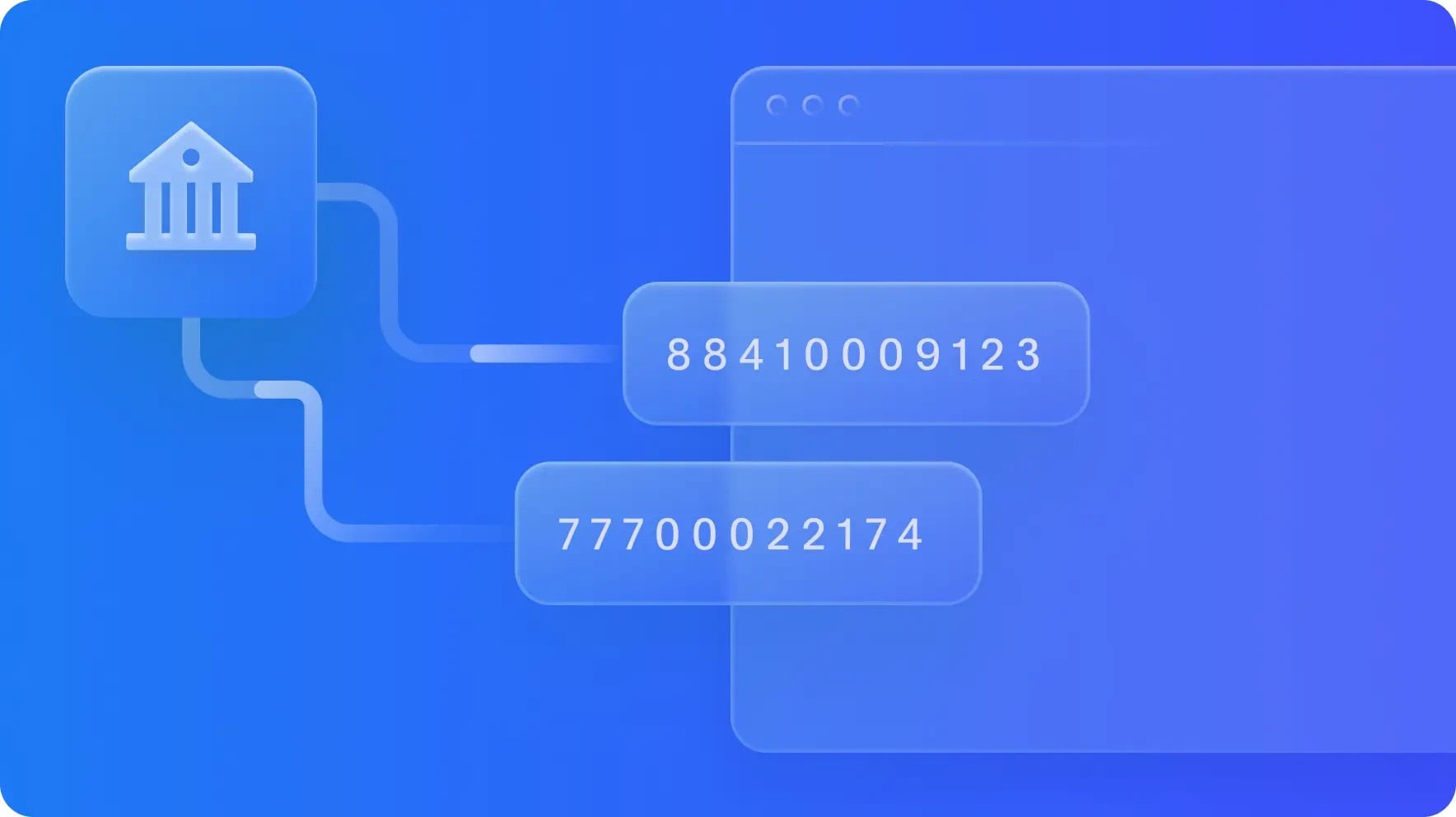Once a cutting-edge capability, accessing banking, payments and other financial services via digital channels has become a basic consumer expectation. With digital now table stakes, it’s incumbent upon providers–including established banks, challengers and fintechs–to figure out how to sweeten the pot for users by providing value-added services that fulfill consumers’ next-generation demands.
Providers that meet this challenge will significantly strengthen their hand when it comes to customer acquisition and long-term loyalty and retention, according to Galileo Chief Revenue Officer Seth McGuire.
Speaking at the recent Fintech Nexus conference in New York City, McGuire noted that consumers are placing an increased onus on their financial services providers to advance beyond what has become baseline digital functionality and offer enhanced money management tools.
“We are seeing this shift in mindset towards, ‘Yes, you’ve accomplished digital and I like that, that’s why I’m here with this bank. But I also want more out of this, and I need you to bring more to the table,’” said McGuire.
McGuire’s sentiments were echoed by co-panelist David Kilin, Vice President of Finance for fintech specialist Current.
“We see an increasingly aware and educated customer who originally came to digital banking for the convenience, the ease of use, possibly the lack of fees, and has gotten very comfortable with that and now is looking for a more specific value proposition, and to solve specific problems,” said Kilin.
Current’s own value proposition includes features such as up to two-day early paycheck access, no-fee overdraft up to $200, access to 40,000 fee-free ATMs in the U.S. and a 4 percent APY offering on up to $6,000.
Offering such perks is crucial not only to attract new users, but also to retain existing customers, who are more willing and able than ever to switch to a different financial services provider if they aren’t satisfied with their current one.
“In digital banking, it used to be that when you got a customer, you’d probably have a 20-year direct deposit user,” Kilin noted. “I think that’s changed a lot because the infrastructure and technology providers have made switching easier, and so now it’s a ‘What have you done for me lately?’ kind of conversation.”
McGuire agreed as to the drastically reduced stickiness of the typical relationship between financial service provider and customer.
“No longer is the bank that I started out with by depositing my first paycheck, or in college or when I got married, now my bank forever,” said McGuire. “So that’s a big opportunity for providers to gain users, but it does require delivering on execution as well as building out new products to bring customers in.��”
McGuire cited secured credit as an example of a high-demand service that financial services providers increasingly are seeking to leverage in order to gain new customers and deepen relationships with their existing users.
“We’re certainly seeing demand from our clients for credit-builder or secured credit tools that enable their customers to continue their journey with their banking partner,” said McGuire. “So perhaps a customer has a debit account or a savings account and features like round-up or overdraft, but they really want to start to build credit. That’s a great opportunity for a provider to expand how they can serve their customers with multiple products.”
McGuire and Kilin agreed that as the overall digital financial services market continues to grow, so too will the size of the potential market jackpot to be had. But given the shifting dynamics of the industry, providers who want a piece of the pie will need to ante up.

A próxima fronteira: por que as finanças B2B incorporadas estão em ascensão em 2025
As finanças B2B incorporadas estão se transformando de um experimento de nicho em um motor de crescimento principal em 2025. Saiba como as integrações baseadas em API, a emissão digital instantânea e os fluxos de trabalho automatizados estão transformando as operações financeiras em impulsionadores estratégicos de lucro — e por que os pioneiros definirão a próxima geração do comércio digital.
Como os serviços financeiros, as fintechs e as marcas podem combater as táticas modernas de fraude
Saiba como a detecção de fraudes com IA ajuda provedores de serviços financeiros, fintechs e marcas a combater as ameaças de fraude mais críticas da atualidade. Baixe o playbook gratuito sobre fraudes.
O que é o banking invisível e por que a América Latina está pronta para liderar sua adoção em 2026?
O banking invisível usa assistentes de voz com IA e dispositivos vestíveis para automatizar serviços financeiros. A América Latina lidera com 77% de adoção de IA. Saiba como os bancos da região podem implementar essa transformação em 2026.
Como as barreiras técnicas limitam a inclusão financeira nas Américas
O Índice de Inclusão Técnica da Galileo revela insights de mais de 600 CTOs dos setores bancários dos Estados Unidos e da América Latina sobre como as barreiras de infraestrutura, os silos de dados e os sistemas legados estão dificultando a inclusão financeira. Uma análise abrangente com estratégias de implementação para a modernização bancária em todas as Américas.
Como os Bancos Podem Melhorar o Suporte ao Cliente com IA Conversacional
20% dos bancos perdem clientes devido a um suporte digital deficiente. Veja como a IA reduz o abandono de chats em 50%, diminui o tempo de resposta em 65% e aumenta a satisfação e a fidelidade do cliente.
